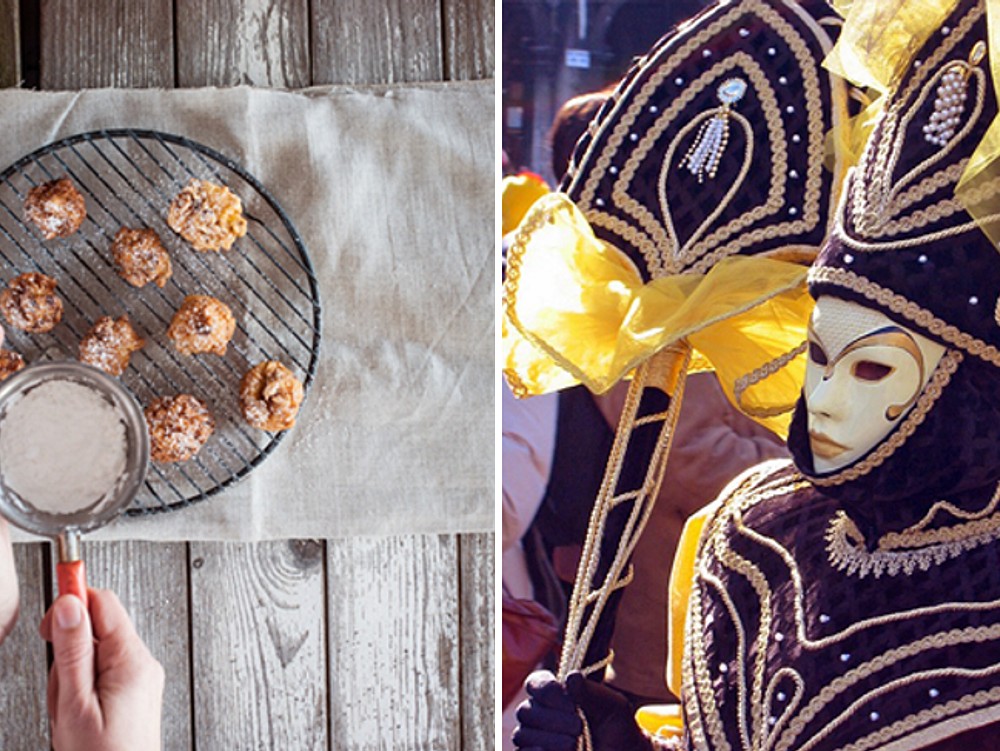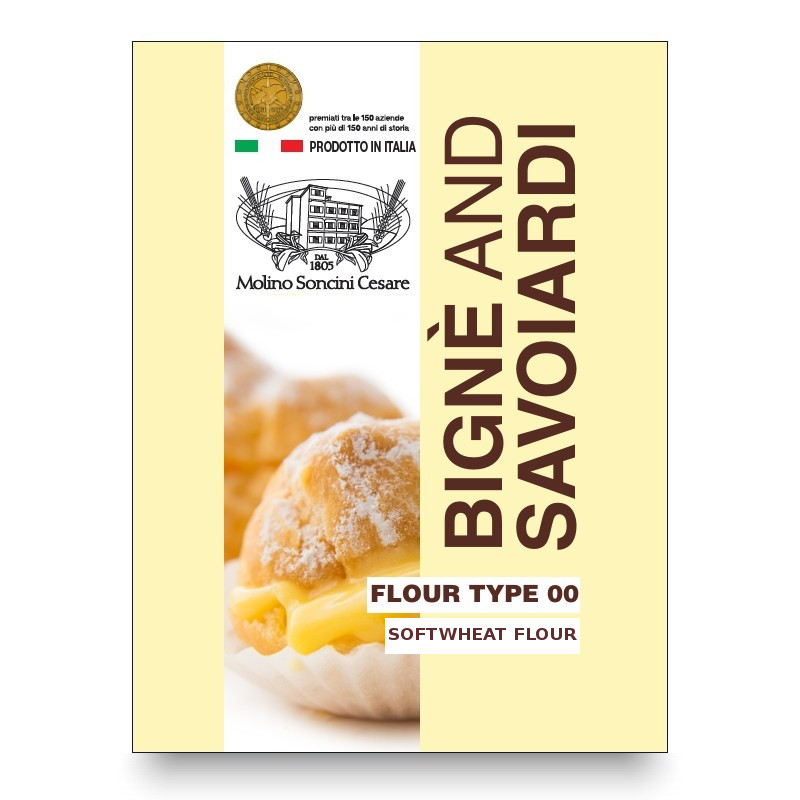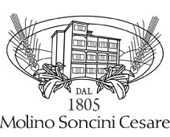2 February 2015, Venice
Yes, that's right, it's me again. I don't know if you are enjoying receiving my letters, but I could not go another day without writing to you, to tell you that two days ago I arrived in Venice. I have thought about what you told me: that there was no need for you to come to Venice, since you have already seen Las Vegas. I remember the hotel/casino there that you told me about, complete with a replica city with canals, and canal-boats, and oarsmen, and palaces.
For two days, I have thought about nothing else except how much I would like you to be here with me, and even if you do not believe me or know it yourself, I can assure you that you would wish to be here too, because the sight that I have before my eyes here cannot be imitated or recreated in any way at all, not even in the most crazy of all American cities. There is nothing new in Venice, “what is, is what there has always been”, as they tell me here. Venice is organised yet untidy, lit-up even at night, in darkness even by day: the light sneaks into the alleys as if it had arrived uninvited at a party.
Yes, possibly, you can copy the canals, recreate the alleys and dress the golondieri in stripes, but there is no way to recreate the bright eyes, the voice of the East, the constant unrestrainable movement of a city in which it is impossible to stop, above all in days like this, in which all the roads seem to be theatrical stages behind which Venice is preparing for the most important part of the whole spectacle, the masquerade ball, with its thousand faces that move elegantly and fluidly.
Today, I queued up for hours at a cake-shop that boasts of always having been here. I don't think I am mistaken in saying that I have been here for three hours stood between Maria Antoinette and Harlequin, just in order to taste what they tell me has been the most representative cake of these festivities since the days of the Renaissance. They are called “frittole”, small fried filled cakes, but not just, since they are also covered in sugar.
I will be here until the end of Carnival, if you would like to join me.
Talk to you soon.
L
Journeys into flour 2 - Veneto

The first step is to prepare the cream filling. Bring the milk to the boil in a pan. Then in another (deep) pan, work the three egg yolks together with the sugar, the seeds of the vanilla bean and the sifted flour, with a whisk. Whisk it all together until the mixture becomes smooth and bubbly. Add the tepid milk a little at a time, and slowly work it into the filling with the whisk, making sure not to leave any hard balls in the filling.
Put the whole mixture in a pan, bring it to the boil, and then leave it to gently cook, without allowing the filling to become too thick. Once cooked, leave it to cool, cover it with cling-film, and place it in the fridge.
While the filling is cooling, we can prepare the frittole: melt the beer yeast in a cup with a little tepid water, and then add the raisins to it. In a pan, melt the butter with the sugar and a little water; as soon as it starts to boil, add a little flour, sifting and mixing with the whisk to avoid the formation of any hard balls. Slowly, the mixture will become more compact; with a wooden spoon, continue to stir it, and as soon as it starts to come away from the sides of the pan, take it off the heat.
Add the grated lemon and orange peel to the mixture, along with the melted yeast prepared earlier, the rum, the raisins, the eggs and the remaining flour. Use an electric whisk on the mixture until it becomes nice and smooth and consistent. Now leave it to rest for a while.
While it is resting, heat the oil in a high-sided pan, and as soon as it is warm, start to add spoonfuls of the mixture. Keep turning the frittole over in the oil, and as soon as they start to turn amber-coloured, remove them from the pan, and leave them to dry and cool in a container lined with absorbent kitchen paper.
Before serving, fill each with the cream filling using a sac à poche, and decorate with a generous sprinkling of icing sugar (or caster sugar, if you prefer).



